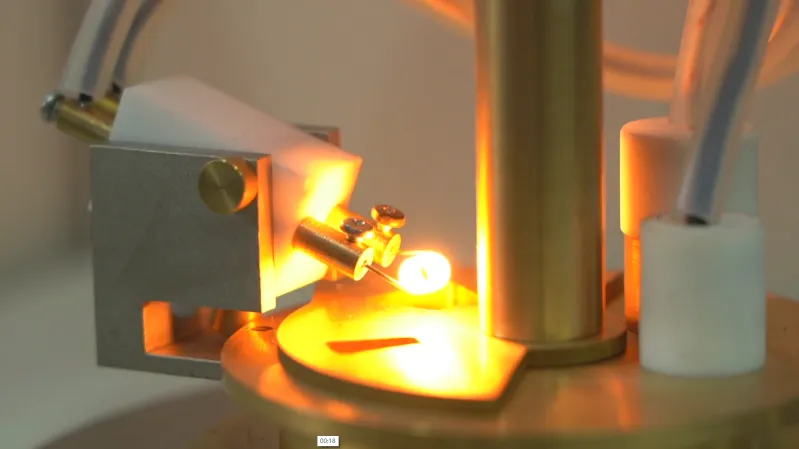 English
English



-
 Afrikaans
Afrikaans -
 Albanian
Albanian -
 Amharic
Amharic -
 Arabic
Arabic -
 Armenian
Armenian -
 Azerbaijani
Azerbaijani -
 Basque
Basque -
 Belarusian
Belarusian -
 Bengali
Bengali -
 Bosnian
Bosnian -
 Bulgarian
Bulgarian -
 Catalan
Catalan -
 Cebuano
Cebuano -
 China
China -
 China (Taiwan)
China (Taiwan) -
 Corsican
Corsican -
 Croatian
Croatian -
 Czech
Czech -
 Danish
Danish -
 Dutch
Dutch -
 English
English -
 Esperanto
Esperanto -
 Estonian
Estonian -
 Finnish
Finnish -
 French
French -
 Frisian
Frisian -
 Galician
Galician -
 Georgian
Georgian -
 German
German -
 Greek
Greek -
 Gujarati
Gujarati -
 Haitian Creole
Haitian Creole -
 hausa
hausa -
 hawaiian
hawaiian -
 Hebrew
Hebrew -
 Hindi
Hindi -
 Miao
Miao -
 Hungarian
Hungarian -
 Icelandic
Icelandic -
 igbo
igbo -
 Indonesian
Indonesian -
 irish
irish -
 Italian
Italian -
 Japanese
Japanese -
 Javanese
Javanese -
 Kannada
Kannada -
 kazakh
kazakh -
 Khmer
Khmer -
 Rwandese
Rwandese -
 Korean
Korean -
 Kurdish
Kurdish -
 Kyrgyz
Kyrgyz -
 Lao
Lao -
 Latin
Latin -
 Latvian
Latvian -
 Lithuanian
Lithuanian -
 Luxembourgish
Luxembourgish -
 Macedonian
Macedonian -
 Malgashi
Malgashi -
 Malay
Malay -
 Malayalam
Malayalam -
 Maltese
Maltese -
 Maori
Maori -
 Marathi
Marathi -
 Mongolian
Mongolian -
 Myanmar
Myanmar -
 Nepali
Nepali -
 Norwegian
Norwegian -
 Norwegian
Norwegian -
 Occitan
Occitan -
 Pashto
Pashto -
 Persian
Persian -
 Polish
Polish -
 Portuguese
Portuguese -
 Punjabi
Punjabi -
 Romanian
Romanian -
 Russian
Russian -
 Samoan
Samoan -
 Scottish Gaelic
Scottish Gaelic -
 Serbian
Serbian -
 Sesotho
Sesotho -
 Shona
Shona -
 Sindhi
Sindhi -
 Sinhala
Sinhala -
 Slovak
Slovak -
 Slovenian
Slovenian -
 Somali
Somali -
 Spanish
Spanish -
 Sundanese
Sundanese -
 Swahili
Swahili -
 Swedish
Swedish -
 Tagalog
Tagalog -
 Tajik
Tajik -
 Tamil
Tamil -
 Tatar
Tatar -
 Telugu
Telugu -
 Thai
Thai -
 Turkish
Turkish -
 Turkmen
Turkmen -
 Ukrainian
Ukrainian -
 Urdu
Urdu -
 Uighur
Uighur -
 Uzbek
Uzbek -
 Vietnamese
Vietnamese -
 Welsh
Welsh -
 Bantu
Bantu -
 Yiddish
Yiddish -
 Yoruba
Yoruba -
 Zulu
Zulu
Understanding Oil Pressure Test Gauges for Engine Diagnostics and Performance Monitoring
Understanding Oil Pressure Test Gauges A Vital Tool for Engine Maintenance
When it comes to ensuring the optimal performance and longevity of an engine, monitoring oil pressure is crucial. One of the most effective ways to assess oil pressure is through the use of oil pressure test gauges. These instruments provide essential information that can help detect potential issues within an engine, thereby allowing for timely maintenance and repairs.
Oil pressure gauges measure the amount of oil pressure within an engine's lubrication system. Maintaining the correct oil pressure is vital, as it ensures that the engine's moving parts are adequately lubricated. Insufficient oil pressure can lead to severe wear and tear, increased friction, and ultimately, engine failure. Conversely, excessive oil pressure may indicate blockages or failing components within the oil system.
Oil pressure test gauges come in various types, including mechanical and electronic models. Mechanical gauges utilize a Bourdon tube that bends in response to pressure changes, providing a direct reading of the oil pressure. On the other hand, electronic gauges use sensors and digital displays to provide more precise data. While both types serve the same primary purpose, electronic gauges often offer additional features such as programmable warnings and sensors that can send real-time data to onboard diagnostic systems.
oil pressure test gauge

To use an oil pressure test gauge, one must first connect the gauge to the oil pressure sending unit, typically located on the engine block. It is essential to ensure the engine is off while making this connection to prevent any accidents. Once the gauge is connected, the engine can be started, and the oil pressure levels can be read. Ideally, oil pressure readings should fall within the manufacturer’s recommended range, which can usually be found in the vehicle's service manual.
Regular testing of oil pressure with a gauge is an often-overlooked aspect of vehicle maintenance. Many drivers may not realize that fluctuating pressure could indicate a problem, such as a failing oil pump, a clogged oil filter, or even significant internal wear. Keeping an eye on these metrics can prevent costly repairs and ensure that the engine continues to run smoothly.
In conclusion, an oil pressure test gauge is an invaluable tool for anyone looking to maintain their engine effectively. By monitoring oil pressure levels, vehicle owners can detect potential problems early and take corrective actions, thereby preserving the integrity and efficiency of their engines for years to come. Regular checks and preventive measures are the keys to engine longevity, making oil pressure gauges essential for responsible automotive care.
-
Ensuring SF₆ Gas Safety: Introducing PUSH’s Integrated SF₆ Analyzer for Dew Point, Purity, and Decomposition MonitoringNewsJul.10,2025
-
Exploring the Main Types of Industrial Endoscopes and Their Applications Across IndustriesNewsJul.04,2025
-
Testing Equipment Industry Sees Major Advancements in 2025: Smart & Precision Technologies Lead the WayNewsJun.06,2025
-
Applications of Direct Current Generators in Renewable Energy SystemsNewsJun.05,2025
-
Hipot Tester Calibration and Accuracy GuidelinesNewsJun.05,2025
-
Digital Circuit Breaker Analyzer Features and BenefitsNewsJun.05,2025



